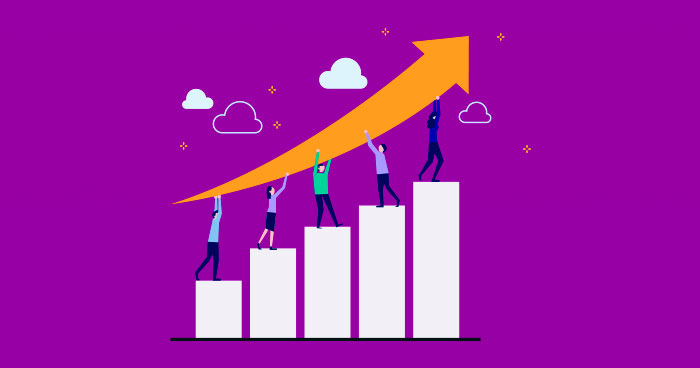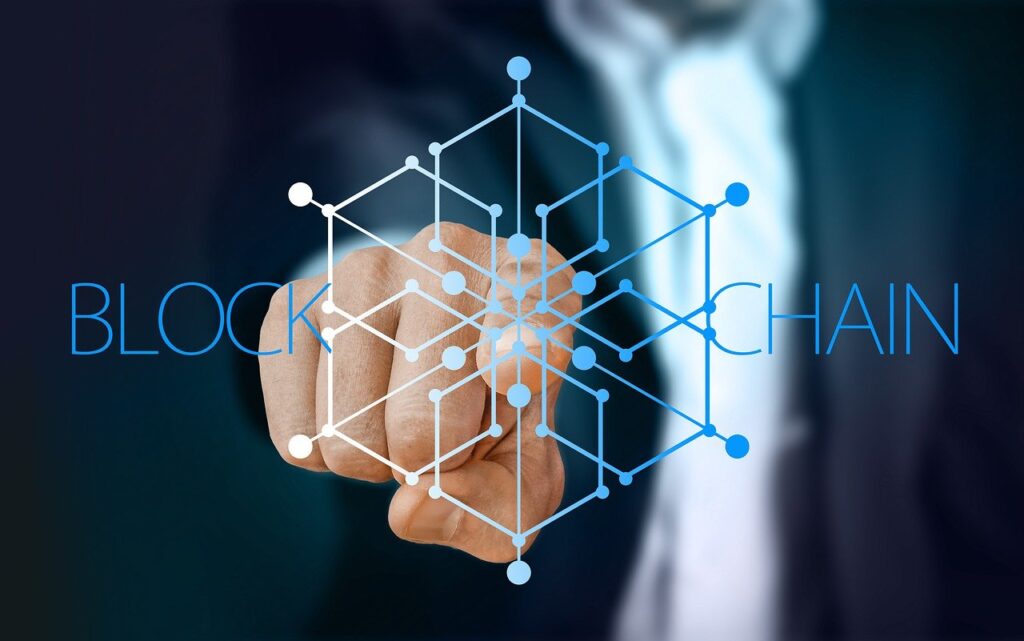As a software company, you are always looking to improve your process and make sure that every stage of your software development process is as streamlined and efficient as possible.
You may also want to make sure that your process is as effective as possible. For example, if you provide a customer support service, you want to make sure that you are handling every stage of customer support the same way.
Here are five stages of the software development process that you need to know before starting. If you are just getting started with software development, this may help you determine which stages might not be ideal for your development process.
Adopts the software development process stages as a framework to understand and plan the software development process. It is a process that can be used by anyone, from the newest software engineer to the oldest software veteran.
It can be used to help build software from start to finish or to figure out where you are going wrong. The software development process stages are listed below in order of their effectiveness.
Agile Development
The Agile development process is a time-based process that measures the progress of your software by looking at the state of your code. The idea is that you measure the “fit” of the code with the functionality you have currently implemented.
This measurement process is known as an estimation. The team develops a plan that estimates the time it will take to deliver the product to production. This plan is known as the estimation or estimate and delivery plan.
The team then follows through by estimating the time to delivery of the code to the team, creating documentation to support the code and other related documentation, and following through with testing and documentation development.
If the plan is successful, then the team moves to the next stage. If not, then the process comes to an end and the team has to start the whole process all over again. Other stages of the software development process can be used, but the agile method is the most commonly used.
Iterative Development
In iterative development, the focus is on testing and quality assurance. The team develops a plan that includes the number of units to be tested, the expected results, the time it will take to test them, and the cost of testing.
Define Your Architecture
The goal of the define your architecture stage is to understand the architecture of the software that you are going to develop. The architecture describes the features that make up the software and it is usually depicted in a diagram.
The team defines the architecture by starting with the feature diagram and working backward to define the functionality that makes up that feature. It is important to remember that the architecture describes the functionality, not the data.
The data is generated by the code and stored in some kind of database. The architecture describes the functionality, not the data. The data is the information that is stored in the database. It can be anything from the metadata like name, version, and description to the data like images, videos, and tables.
Be Reshapers
During the reshape stage, the team refines the architecture by adding functionality or removing functionality. It is important to understand the feature set of the software and reshape it to include all the features that the software should have.
A reshape is not a build. A reshape is a test. Once the team performs a reshape, it moves to the build stage to create a new build.
Build The User Interface
The goal of the build the user interface stage is to create a model for the user interface. This could be a chart, a diagram, a block diagram, or something else.
The team creates a model for the user interface by trying out different designs until they find a format that they like best. Once they have a model, they can start building the user interface.
Create The Database
The goal of the create the database stage is to define the database that will store the code and data. The team creates the database by writing the database code.
Once the team has the database structure defined, they can start creating data tables. The goal of the stage of the final step is to integrate the model and the database.
It is important to test everything that you have created. This stage is also known as the build and test phase. Once the team is done with the build, they can start the test.
In this test, the team creates a regression test that automatically creates tables and data that were used for the build. If the build passed, then the team can start the test on the next unit. If not, then the build has to be manually finished. The team will have to repeat the build and test process until the build passes.
















